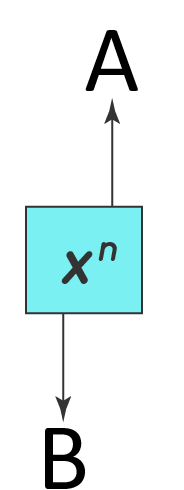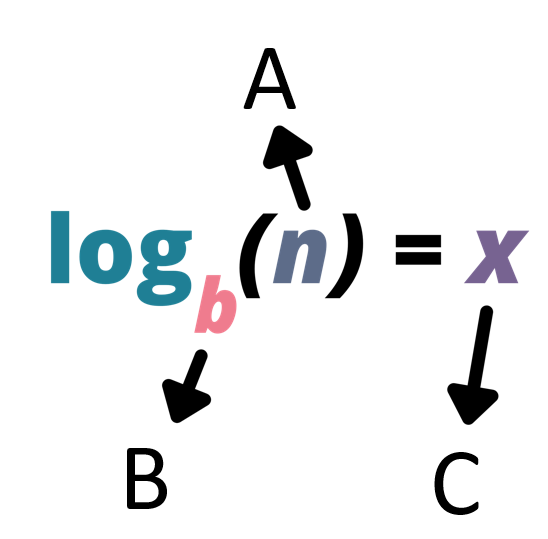Exponential and Logarithmic Functions Practice I
1/27
There's no tags or description
Looks like no tags are added yet.
Name | Mastery | Learn | Test | Matching | Spaced |
|---|
No study sessions yet.
28 Terms
e
the base of natural exponential and logarithmic functions
exponent
a number which indicates how many times a base is multiplied by itself

Label this image
A - base
B - index
am x an
am+n
am/an
am-n
a0
1
(am)n
amn
a(1/m)
m√a
a(m/n)
(am)(1/n) or (a1/n)m or n√am or (n√a)m
Describe the properties of the graphs y = ax and y = ex, a>1
The domain is x∈R and the range is y>0
The graph does not cut the x-axis
The line y = 0 is a horizontal asymptote as x→∞
The graph of y is smooth and continuous
The graph is an increasing 1-1 function
Describe the graph of y = ax, 0<a<1
The domain of ax is x∈R and the range is y>0
The graph does not cut the x-axis
The line y = 0 is a horizontal asymptote as x→∞
The graph of y is smooth and continuous
The graph is a decreasing 1-1 function
logarithm
the power a base has to be raised to in order to produce a certain number — the argument

Label this diagram
A - exponent
B - base
C - argument
ln x
the natural logarithm of x
log
logarithm of x
logaa/ln e
1
loga1/ln 1
0
loga(xy)/ln(xy)
logax + logay/ln x + ln y
logaxn/ln xn
nlogax/nln x
change of base formula (b→a)
logax = (logbx/logba)